Spoken communication can be a challenge for many people. Conveying years of research to someone in a simplified and concise manner is a skill one must develop over time. Similarly, teaching complex scientific concepts and principles to undergraduate students in a way they can understand can be challenging even for the most experienced of educators. Spoken communication is quite different from written communication, and we can’t simply “convert” our written words into speech and expect an effective transfer of information. There are many nuances to spoken communication, and I’d like to share some tips which I believe can help us improve our delivery when trying to communicate verbally in the field of academia.
Speak with clarity
One potential challenge with spoken communication is that every individual has their own unique way of speaking. Dialects, accents, cultural influences. These all impact the way we speak and can therefore affect how well people can understand us. Though it may take some practice, learning to speak clearly and with clarity is the first step to improving our spoken communication. Especially in academia with a variety of scientific jargon, being able to enunciate clearly will go far in helping our audience understand us.
"Spoken communication is an artform that can take a long time to master. It may come easier to some compared to others, but everyone can develop their own unique presentation style that suits them best."
Jazli Aziz Post
Intonations and pacing
Spoken communication allows for much greater impact delivery compared to written communication, if you can master intonations and pacing. Imagine you’ve given your presentation and now you’re at your conclusion. You speak relatively fast and with a higher tone to portray excitement and build-up to a strong concluding statement you are about to make. And if you deliver that final statement in a lower tone and at a slower pace, you give your audience a chance to let it sink in and to ponder on it. Such a change in tone and pace can leave a big impact on your audience and is one of the strongest tools of spoken communication.
Use your body
Another tool you can utilise in spoken communication is your body. Hand gestures are a very common example of body language, but you don’t need to limit yourself to just your hands. You can walk around the stage (if the venue permits). Making eye contact with the audience is also a form of body language you can (and should!) use to your advantage. And to go on a slight tangent, you can also read the body language of your audience. If you see them looking confused, retrace your steps and try to explain your previous point using another approach. And if you see them nodding along enthusiastically, you know you have their attention and can keep going.
Include your audience
During a Zoom webinar I gave last month I encouraged my audience to leave comments or questions in the chat box which I responded to whenever I could incorporate them into my presentation flow. It led to a much more dynamic and fun experience, rather than me speaking alone for the entire duration and only responding to questions at the end. Though it may not always be possible depending on the setting, I would highly encourage you to include your audience in your presentation/talk. It could lead to a much more fulfilling engagement.
Use visuals to aid your speech
One mistake we often make is relying too heavily on our presentation slides. By placing the spotlight on our slides, our audience will pay less attention to what we are saying. Your audience should be listening to you, not reading your slides. We call our slides as “visual aids” because they are meant to aid our speech, not take attention away from it. Use as few words as possible on your slides and replace them with images whenever possible. This way your audience will look at your slides for one second, then spend the rest of the time listening to you.
Spoken communication is an artform that can take a long time to master. It may come easier to some compared to others, but everyone can develop their own unique presentation style that suits them best. Be mindful of these tips that I shared, scour the internet for more tips and advice from others, and you can with some practice, improve your spoken communication in ways you may not have thought possible.







